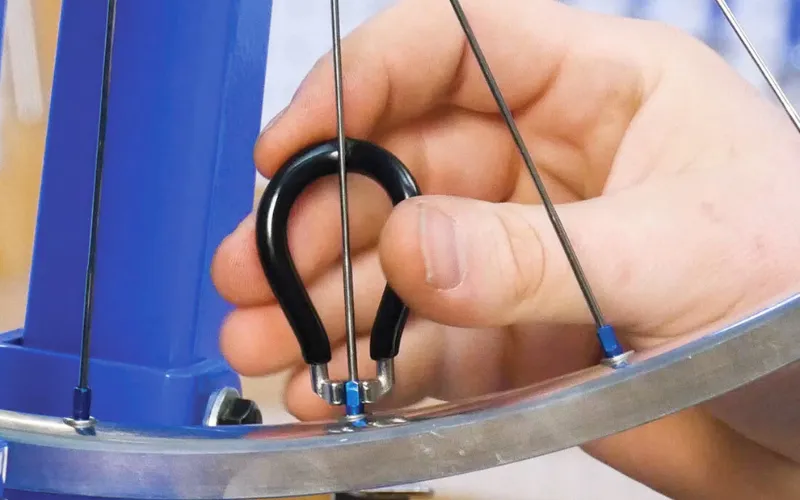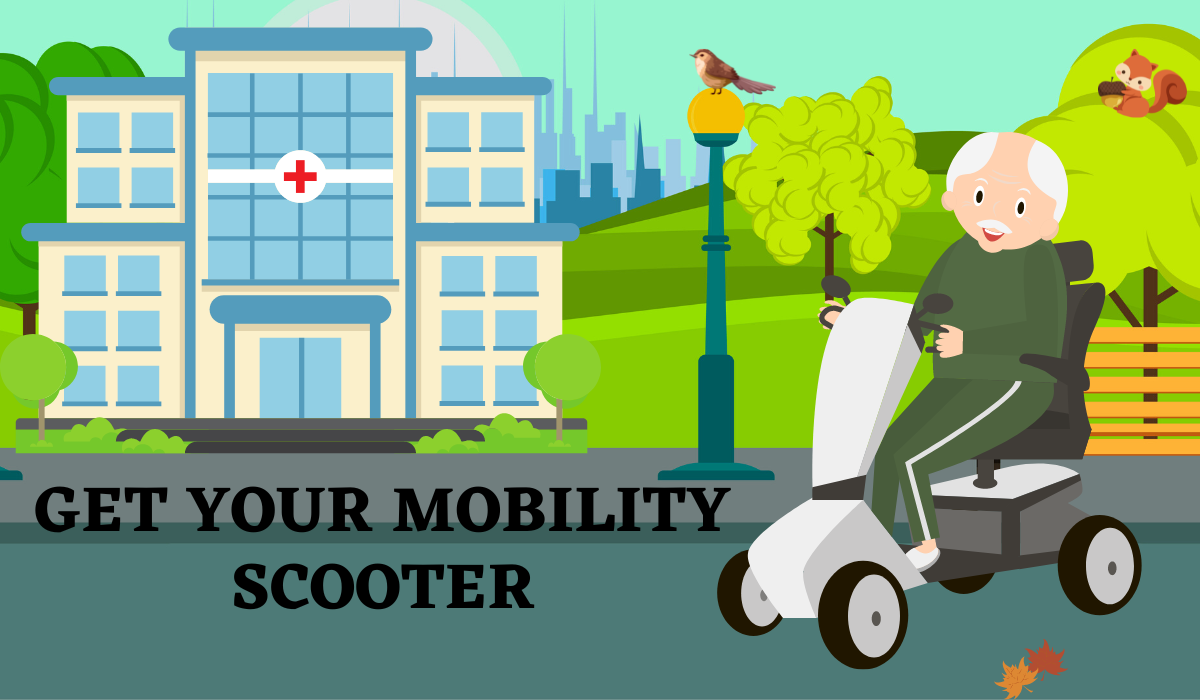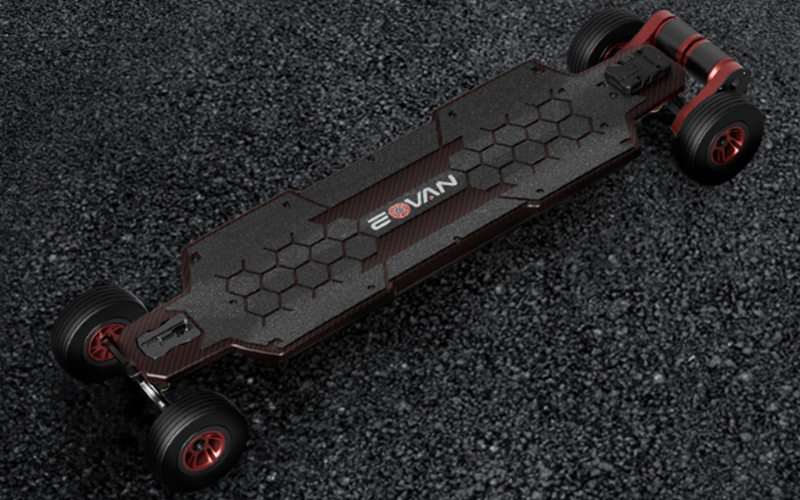Electric scooters are a hot commodity in today’s society. They vary greatly in price, and it can be hard for commuters to find the perfect one that suits their needs without having any idea of what they even want or how much money is available.
The average price for an electric scooter is $300-600, but it depends on several factors. These include the speed and distance range, overall quality of materials used in construction, extra features included with the purchase (lights), battery life span and capacity, and the riding quality.
Overall though, they’re not too expensive considering how much money you’ll save over time by commuting to work or school via e-scooters. If you’re looking for high-speed, long-distance scooters that can take the pressure off your feet while giving you top speeds – it’s going to cost a pretty penny.
Which type of mobility device should you buy and how much does an electric scooter cost? Should it be cheap and affordable, or how much does a normal scooter cost? To help you decide on the right product for yourself, let’s first explore what sets these two apart.
For starters, cheaper versions are less durable because they usually have plastic parts in their construction, which can easily break over time. More costly models last longer with aluminum frames and more powerful motors to get up hills faster than other e-scooters in the market.
How Much Does A Scooter Cost?
The latest electric scooters for commuting are pretty cool with a dual braking system, digital display, and LED light. They also come equipped with the new low-range battery, making them more cost-efficient than ever before. But their price spectrum is still on the higher side.

If you want an off-road electric scooter that comes with powerful motors, bulky battery, good suspension, wide and durable deck, and pneumatic wheel, they can cost you above $2000 in most cases.
To answer How much does a scooter cost? Let’s break down each category of electric scooter according to their price and application.
| Purpose | Application | Cost |
|---|---|---|
| Leisure Commuting | A fun ride for kids and short distance leisure rides – up to 300W | Less than $300 |
| Everyday Commuting | A good balance of features and quality for overall steady performance on city roads – up to 500W | $300-$600 |
| Uphill Rides | For commuting uphill with a relatively powerful motor and battery range – up to 700 Watt | $600-$900 |
| Bumpy Rides | Better suspension and large motors to handle the bumpy and uphill terrain -up to 1000 Watt | $600-$1300+ |
| Long Range Commuting | It has everything that you want in an electric scooter from a 40+ miles range, suspension, and long-lasting batteries – 1500 Watt Motor | $1200-$1600 |
| Off-road Commuting | Everything looks phenomenal, from speed to battery life. Top-notch build quality and suspension for off-road adventures – up to 2000 Watt | $2000+ |
Factors Affecting Electric Scooter Cost
Many factors can impact the cost of an electric scooter. As a result, it is important to research all options before deciding about buying one or leasing one space in your vehicle parking spot for an electric scooter.
Battery Power and Type:
The battery is the power source that provides your electric scooter with a supply of energy. The size and type will determine how much distance you can travel, as well as the speed at which you’ll ride. It makes up a large portion of an electric scooter’s total cost, so it pays to be mindful when buying one for yourself or someone else.
You may be wondering how they work or what their battery power is like in real life. Typically, e-scooter batteries consist of many cells that generate about 3 volts each; hence, you will find battery configurations always in multiples of three (12 V, 24 V, 36 V, etc.).

A more powerful battery in your electric scooter may cost you a bit of extra money, but it will allow for longer travel distances. A larger power capacity also means that the weight of an individual’s electric vehicle is slightly heavier than before. A large pack is beneficial to individuals looking to go farther distances without worrying about frequent charging.
In most cases, when purchasing an electric scooter for personal transportation, there will typically only be two choices: lithium-ion (Li-ion) or Lead Acid Battery. Although both hold their benefits and disadvantages depending on your needs, it’s important to know that Lead Acid batteries offer lower upfront prices but have a limited lifetime compared to Li-ion batteries.
Motor Watts:
The electric motor in your electric scooter determines the maximum speed of your vehicle and its ability to climb uphill. The motor can significantly affect how expensive an electric scooter is. Hence, it’s important for you to carefully choose a model that fits into what budget range you have set aside.
What is the best motor size for an electric scooter? A 250-watt motor will do just fine on a flat surface, but it might not be enough if you want to take your e-scoot up steep hills. If you plan to ride most of the time, then I recommend getting something with more than 800 watts.
Top Speed:
E-scooters are a convenient way to get around town and don’t require any gas. As long as you stick within the 20 – 28 mph (32 – 45 km/h) speed limit, you can take your scooter anywhere in the United States.
Remember that high speeds come at an increased cost, so it will cost you higher than the average price if you’re looking for something with more power. However, we strongly advise wearing protective gear while traveling above this legal limit since higher top speeds make accidents much worse than lower ones do.

Travel Range:
Electric scooters have a range for how much distance they can travel without having to charge the battery. This varies depending on the size of batteries used and weight, as heavier vehicles will need more power to move them around than lighter ones do.
The travel range influences the price because people who want greater ranges will pay more money to get it. If you want a long-range commuter, you may find its price on the upper side of the graph.
Weight:
Most electric scooters for commuting are inexpensive and lightweight. This cost efficiency is due to their smaller motors and less battery size. They are suitable for inner-city commuters, so they have less weight and price
If you need a heavy-duty electric scooter, you may find them at a higher level of the price spectrum. Heavier motors and batteries make them heavier, and they cost more than the standard commuters.
Brakes:
Brakes are vital for stopping fast electric scooters and offer protection against any accidents. There are four brake types on an electric scooter given here in order of least to most effective: electric, foot, drum, and disc.
Electric and foot brakes are prevalent on cheaper scooters because their maximum speed is low. Still, some premium models offer drums or discs for better stopping power when road conditions get wetter or if you need more braking distance at high speeds.

Lightning:
For those who commute at night or early mornings, it’s important to have lights on your e-scooter regardless if you ride during the day too; traffic can happen anytime. Premium models will come equipped with lighting that can add more to the cost of the electric scooter depending on the number and types of lights.
Suspension:
When riding on an electric scooter, do you want a smooth ride or a rough one? Scooters that have suspension at both the front and rear end will ensure your body is comfortable. If not, then it might be worth considering getting something with only one type of suspension to save some money.
Tires:
Solid and pneumatic tires both have their advantages. Solid tires have virtually no maintenance because you don’t need to check air pressure, while pneumatic offers better traction and shock absorption.
It’s up to the rider’s preferences and how much time they want to spend on maintaining their E-scooters tires. Getting pneumatic tires can increase the cost depending on their quality and features.
IP Rating:
IP ratings on e-scooters can determine the degree of protection against external elements like water and dust. Although not all scooters have an IP rating to go by, ideally, your commuter will be rated at least IPx4. This rating has enough protection from water damage to ride through 10 minutes’ worth of rainfall without a hitch.
Additional Costs After Purchase
Every rider needs to prepare for the journey ahead, and that includes preparing themselves. You’ll want a helmet, Gloves, and other necessary items before you go riding on your electric scooter.
You may get tempted not to buy these items right away but remember: it’s better now than later with no way of fixing all those injuries.
Protective Helmet:
Inexpensive and easy to fit, the helmet is a perfect accessory for riding your electric scooter. It can protect you from injuries or accidents in addition to being an essential part of safety gear when off-roading with your vehicle on rough terrain like gravel roads.
Repair Kit:
To avoid the extra cost, you could invest in a few simple tools and learn how to do some basic maintenance on your electric scooter.
We recommend investing in a few crucial equipments that will allow you to perform minor tasks like changing tires yourself, adjusting gears or brakes for optimal performance when needed.
Water Bottle Holder:
You can drink water in style with a custom-built scooter holder. The small accessory hooks onto the handlebar and holds your bottle close as you ride, keeping it from rolling off or getting lost when you stop for breaks. They are inexpensive but will cost just a little more than what you paid for your scooter initially.
Storage:
It’s true; there are many factors to consider when purchasing an electric scooter. Perhaps the most important is how you’ll store it? You may need a bag to keep your electric scooter safe.
Sometimes in the United States, the temperature drops below 32°F, so if you leave your battery exposed to such an environment for too long, it could freeze up and never work again, which can be disastrous. So try keeping them in bags and storing them inside garages or at home where temperatures don’t drop.
Cheap vs Expensive Scooters
If you’re looking for a good and reliable scooter, then it’s better not to cut corners on quality because this will turn out costly in the long run. Most expensive brands provide higher quality riding experience than cheaper models.
Sometimes a cheaper model does just as well as an expensive one. Still, other times there are some problems with breaking down too often, which can cost lots of money when trying to fix them throughout their life cycle instead of going ahead from day one and buying something nice.

Razor has been a leading manufacturer of electric scooters for over three decades. You may wonder how much does a Razor scooter cost. The Razor E200 is one example with its lead-acid batteries and steel construction that make it cheaper than most other models on the market. The smaller size makes this model suitable as an alternative means of transportation in crowded areas.
Similarly, Qiewa Q1 is an electric scooter that lets you travel up to 62 miles on a single charge at speeds of 34 mph. With its 800W motor and 26ah lithium-ion battery, you can go to any terrain easily. Choosing between cheaper and expensive model scooters ultimately comes to your preferences.
Conclusion
In short, they’re great because anyone can use them, so try asking yourself these questions: What do I want out of my riding experience? Do I need something portable that’ll fit anywhere from outside stores like Walmart upstairs and onto buses? Or am I looking more at ergonomic features such as adjustable seat heights right now?” Then once you’ve narrowed it down by features, you may estimate the cost now.
The higher the performance of an electric scooter, including speed, travel range, charge time, and reliability, the more electric scooter pricing it will cost. The range of features on a scooter also impacts price: for example, if your scooter has cruise control or handlebar display, you can expect to pay extra.




